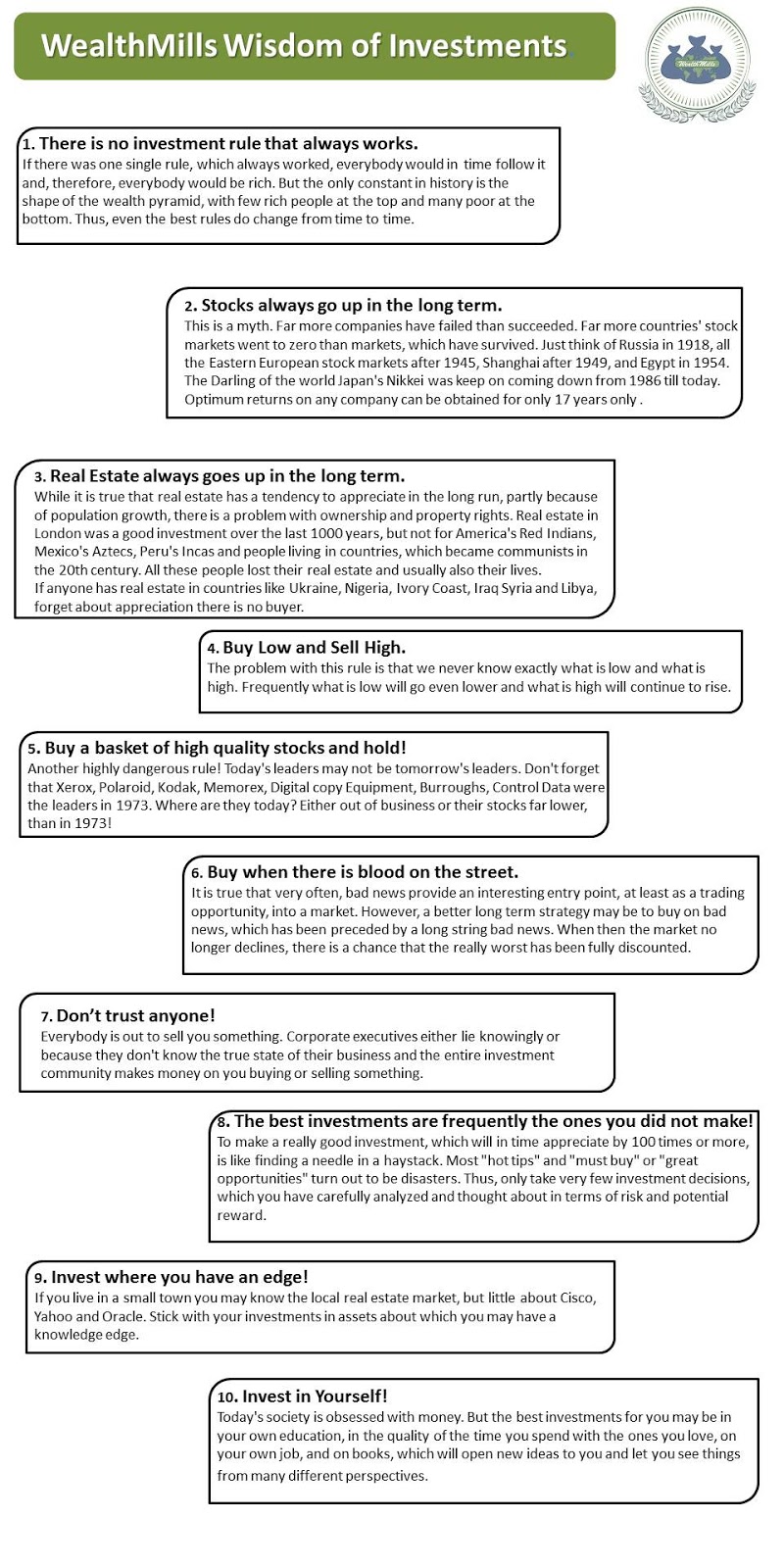INDIA UNDER RENOVATION
The
iconic BSE towers at Mumbai undergoing through some renovation activities at
present
A good decision made of
knowledge but not of numbers - PLATO.
A Brief Note: Any renovation activity of any structure certainly cause some
sort of inconvenience to the residents living in the structure. Incase India as
a nation requires renovation , then it will certainly create major
inconvenience to the people of the nation , but
Politicians and policy makers at least should have knowledge of major
consequences that impacts people life , even though if they don't knew numbers
.
Why Indian
Markets are sliding down: At global front Brexit implementation, as the
wave of protectionism pass through different continents Theresa May is stern on
this, Indians are ignoring this but this will have a major impact, and consensus
on Fed rate hike in December as FOMC focuses on Trumpation but not on inflation .
On domestic front: Market were
exuberant running based on good monsoon on citing rural consumption all these days,
but due to demonetization last 15 days rural consumption came to stand still and urban & semi urban consumption is on
single digit . People are very cautious in spending
Rs 100. Capital Markets are
anticipating same saga continuing for some more time, which will have big
negative impact on 3rd quarter earnings and GDP growth.
How long the saga continues: Hard to digest but at present RBI Printing
quantity capacity for the month is 300 crores notes per month. To replace approximately 15 lacs crore rupees of existing Rs 500 and 1000 notes with new Rs 100 , 500
denominations, it will take government to at least 4 to 5 months , that's the
reason RBI introduced Rs 2000 notes . Unfortunately RBI cannot outsource
currency printing to increase the printing quantity capacity .So it will take 1
to 2 months to get required float of currency to resume consumption. In the meantime,
earnings and GDP will take major hit in short term.
As the India’s currency renovation
exercise completes in few months, let’s hope and ready to see a beautiful India
soon.









